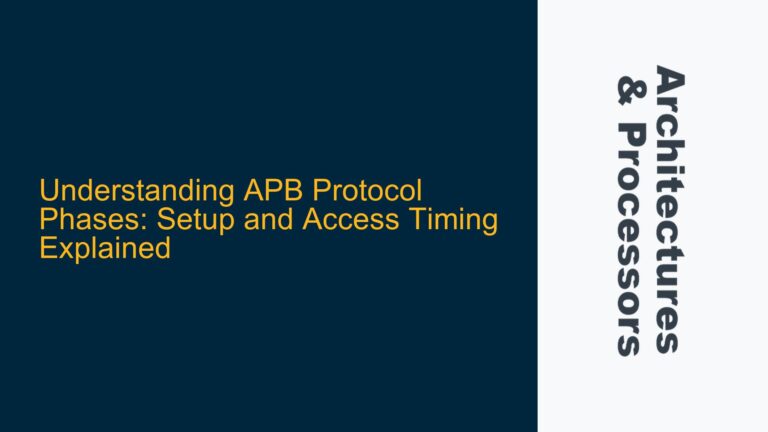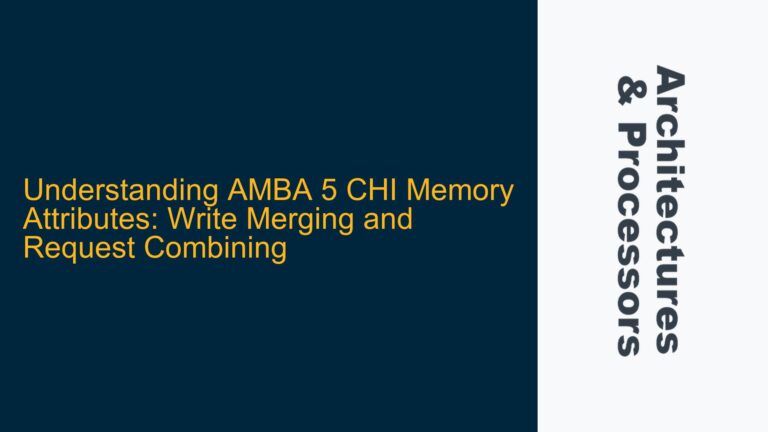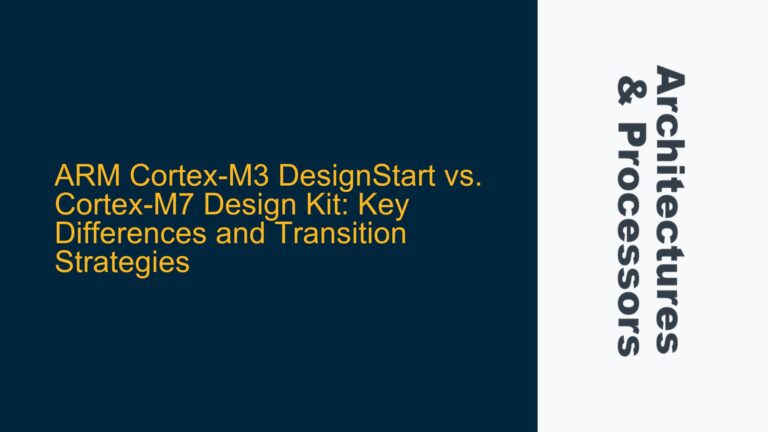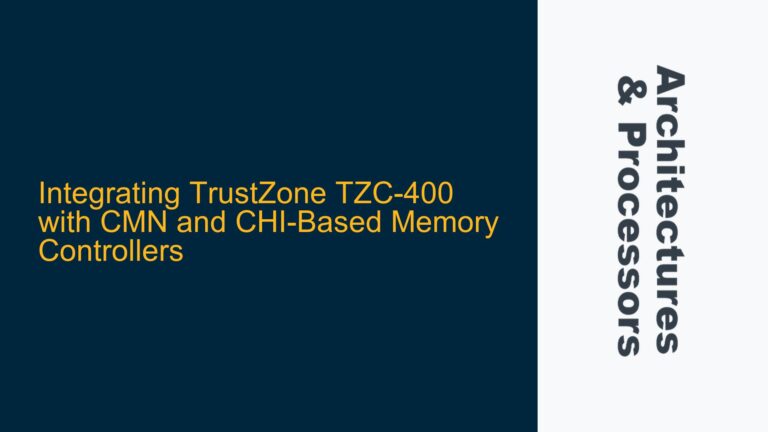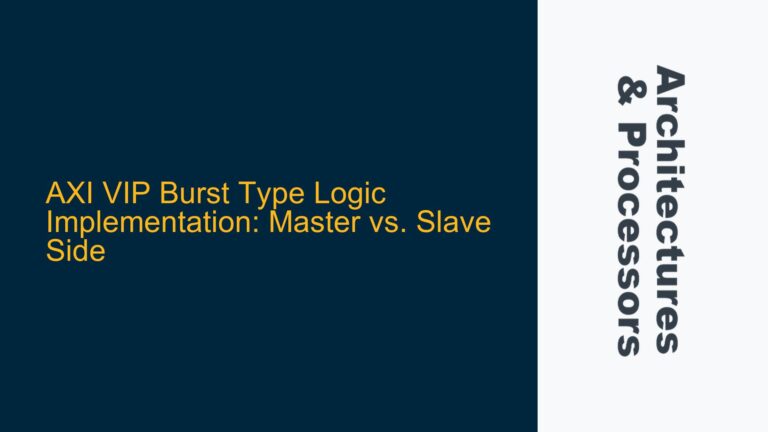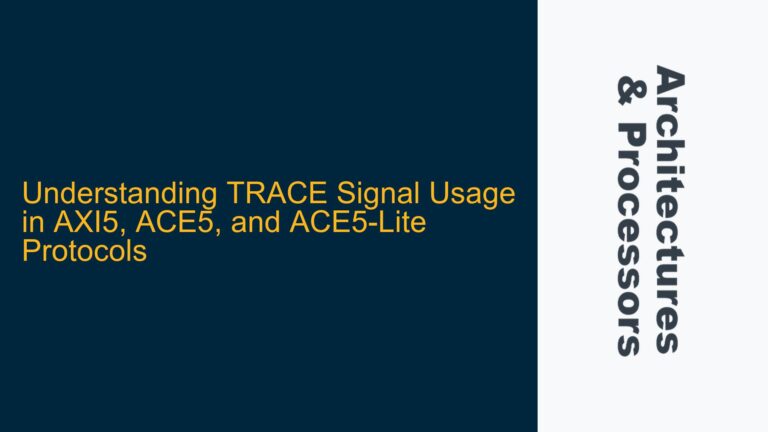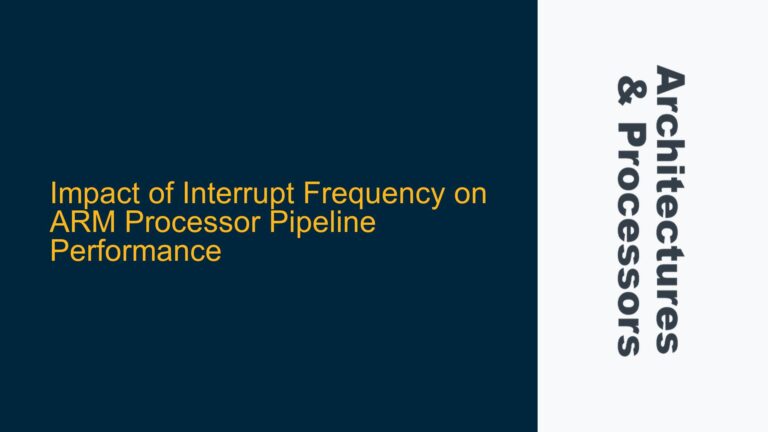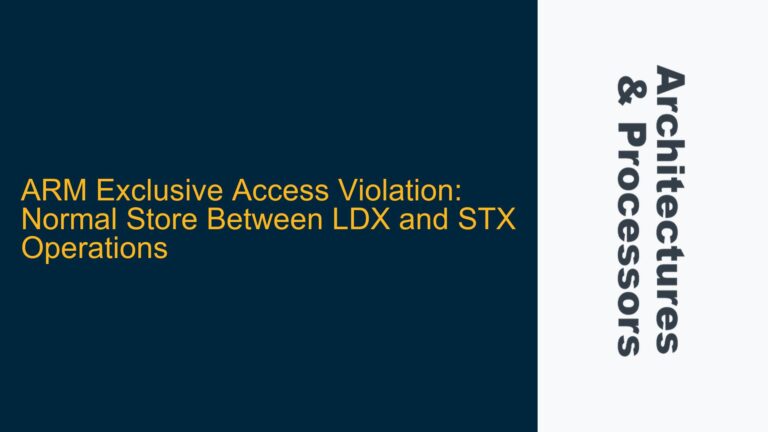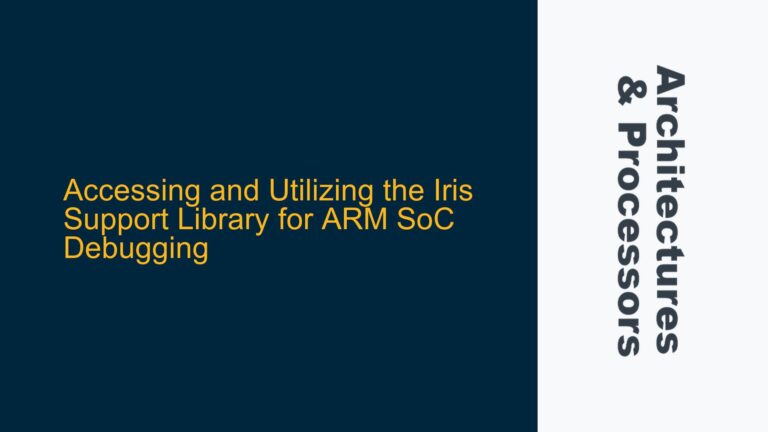APB Protocol Phases: Setup and Access Timing Explained
APB Protocol Setup and Access Phases: Purpose and Timing The Advanced Peripheral Bus (APB) protocol, part of the ARM AMBA (Advanced Microcontroller Bus Architecture) family, is designed for low-power, low-complexity peripheral interfacing. The protocol operates in two distinct phases: the Setup Phase and the Access Phase. These phases are critical for ensuring reliable communication between…
